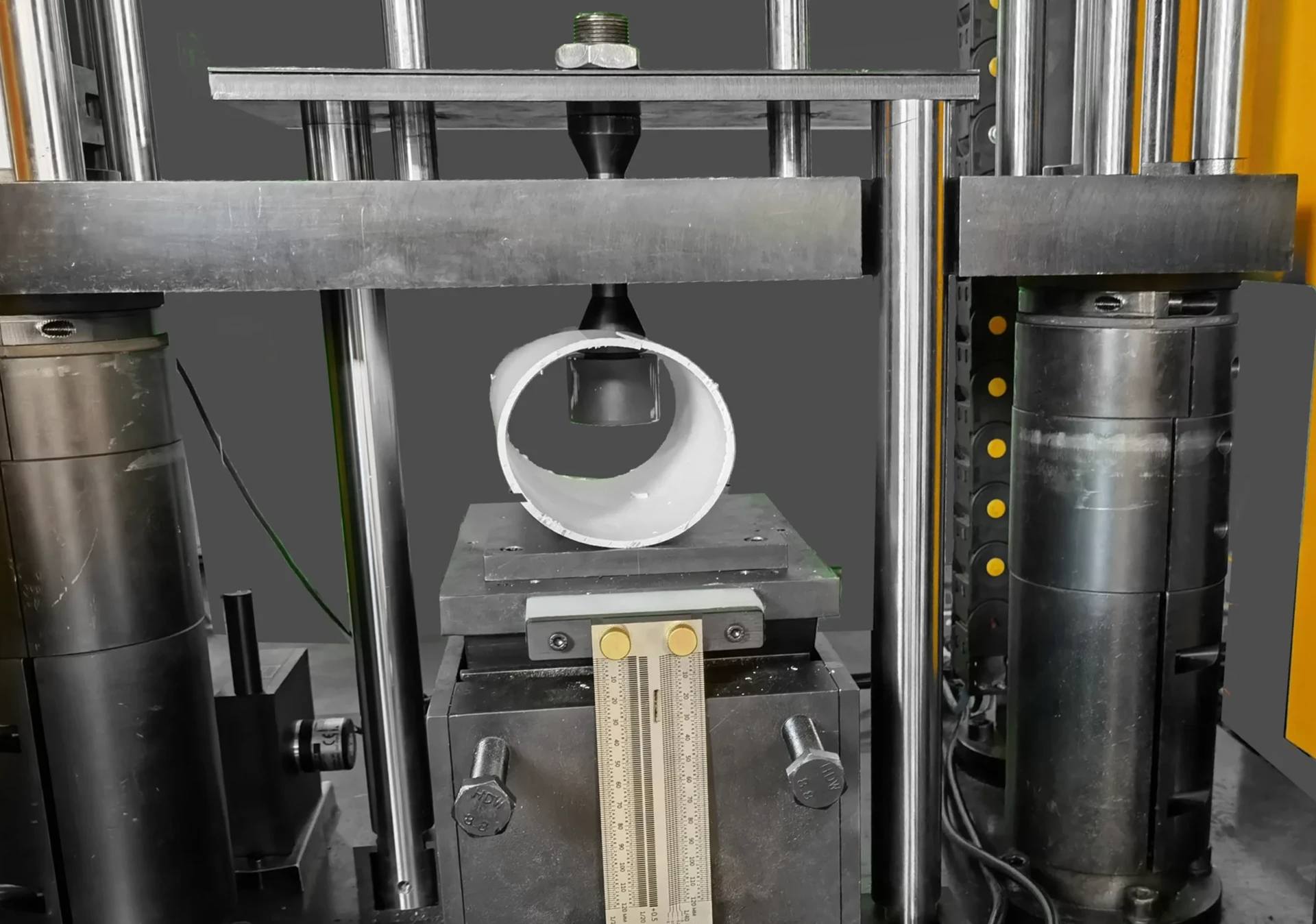ASTM D5276-16 Edgewise Drop Test
The ASTM D5276-16 Edgewise Drop Test is a critical method used to evaluate the resistance of packaging materials and assemblies to edge impacts. This test simulates real-world scenarios where packages may experience sharp edges or corners striking against hard surfaces during handling, transportation, or storage.
This procedure assesses how well different materials can withstand repeated drops from varying heights until failure occurs. It is particularly relevant for packaging designs intended for products that are sensitive to impacts and require high levels of protection throughout their lifecycle. The test helps manufacturers ensure product integrity by identifying potential weaknesses early in the design phase, thus enhancing overall quality assurance processes.
The primary objective of ASTM D5276-16 Edgewise Drop Testing is to provide a standardized approach for evaluating packaging resilience against edge impacts. By following this rigorous testing protocol, companies can demonstrate compliance with industry standards and improve consumer confidence in their products' durability.
When conducting an ASTM D5276-16 test, it’s essential to follow strict procedures to ensure accurate results. Specimens are prepared according to specified dimensions and weights before being dropped from controlled heights onto a flat surface using a controlled impact machine. The number of drops required depends on the specific material being tested; typically ranging between 30 and 50 repetitions.
After each drop, inspectors check for any visible damage or deformation in the packaging assembly. If no visible defects are detected after reaching the predetermined threshold, then the sample passes the test. However, if even minimal signs of damage appear during testing, further analysis would be necessary to understand why failures occurred and how they could be prevented.
This type of testing is crucial for various industries such as pharmaceuticals, electronics, food & beverage, cosmetics, and more. By ensuring that packaging meets rigorous standards like those outlined in ASTM D5276-16, businesses can protect their brands from reputational damage caused by damaged goods reaching consumers.
In summary, the ASTM D5276-16 Edgewise Drop Test plays a vital role in safeguarding product integrity during transport and storage. Its application ensures that sensitive materials receive adequate protection against edge impacts, contributing significantly to both operational efficiency and customer satisfaction across multiple sectors.
Why It Matters
The ASTM D5276-16 Edgewise Drop Test is essential for several reasons. Firstly, it provides critical insights into the mechanical strength of packaging materials under specific conditions that mimic real-world situations. Understanding these properties helps manufacturers optimize their designs to meet stringent quality expectations set by regulatory bodies and internal standards.
- Enhanced Product Quality: By identifying weak points early in production, companies can refine their manufacturing processes, leading to improved product consistency across batches.
- Critical for Compliance: Many industries are subject to strict regulations regarding packaging safety and durability. Passing tests like ASTM D5276-16 ensures compliance with these requirements, avoiding costly fines or recalls.
- Promotes Consumer Trust: A robust testing regimen builds trust among consumers who expect their purchases to arrive undamaged. This trust translates into higher customer satisfaction rates and stronger brand loyalty over time.
In addition to enhancing product quality, compliance with regulatory standards, and promoting consumer trust, the ASTM D5276-16 Edgewise Drop Test also plays a significant role in minimizing operational costs associated with damaged goods. By preventing potential issues before they occur, businesses can reduce waste and repair expenses while streamlining their supply chain management.
Customer Impact and Satisfaction
The ASTM D5276-16 Edgewise Drop Test has a direct positive impact on customers by ensuring that packaging materials meet or exceed industry standards for edge resistance. This testing ensures that products are protected adequately during transit, storage, and handling, reducing the risk of damage before reaching end-users.
- Increased Customer Satisfaction: Packages that pass rigorous tests like ASTM D5276-16 are less likely to suffer from physical harm during transport or handling. This reduced likelihood translates into higher customer satisfaction as customers receive intact products without any visible signs of damage.
- Better Brand Reputation: Consistently delivering undamaged goods reinforces the brand's reputation for quality and reliability, which is especially important for high-value items like electronics or pharmaceuticals.
In addition to these benefits, customers also enjoy peace-of-mind knowing that their purchases are protected by scientifically validated methods. This knowledge fosters greater trust in both the product itself and its manufacturer, ultimately contributing to long-term customer relationships.
Moreover, businesses leveraging ASTM D5276-16 Edgewise Drop Testing can expect increased sales due to improved customer satisfaction and loyalty. As consumers become more informed about packaging quality, they are increasingly willing to pay premium prices for products packaged in durable materials.
Environmental and Sustainability Contributions
The ASTM D5276-16 Edgewise Drop Test contributes positively to environmental sustainability efforts by promoting the use of eco-friendly packaging solutions that can withstand harsh conditions without compromising on performance. By encouraging manufacturers to adopt sustainable practices, this testing ensures that even environmentally conscious consumers receive products packaged in materials that protect them effectively.
- Reduced Waste: Packaging that meets ASTM D5276-16 standards is more likely to remain intact during transit and storage, reducing the amount of waste generated by damaged goods. This reduction in waste helps minimize environmental impact.
- Eco-Friendly Materials: The test encourages manufacturers to explore sustainable alternatives for packaging materials that are both protective and environmentally friendly.
The ASTM D5276-16 Edgewise Drop Test also supports broader sustainability goals by fostering innovation in eco-friendly packaging solutions. As more businesses adopt these practices, we see a shift towards greener manufacturing processes that align with global environmental initiatives.
By prioritizing ASTM D5276-16 compliance, companies contribute to the collective effort of reducing waste and promoting sustainable business practices. This commitment not only benefits the environment but also enhances brand reputation among environmentally conscious consumers.





